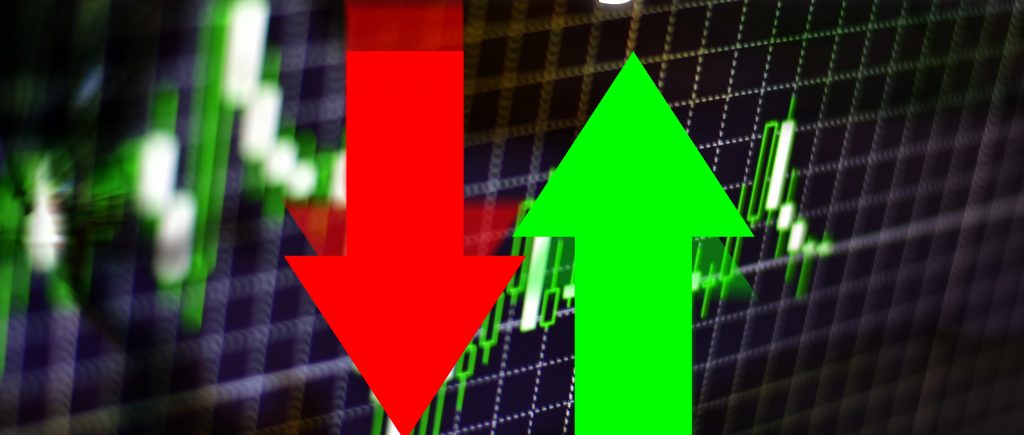Investors around the world are turning their attention to the minutes of the Federal Open Market Committee (FOMC) meeting, scheduled for release on Wednesday, October 8, 2025. Everyone is anticipating the unveiling of details from the discussions that took place in the monetary policy committee meeting, which concluded on September 17, and which saw an interest rate cut of 25 basis points to the range of 4.00% – 4.25%.
The minutes are expected not only to document the policymakers’ discussions but also to outline the features of the upcoming phase in the path of monetary policy, at a time when markets are suffering from the absence of economic data due to the ongoing U.S. government shutdown since the beginning of October.
Markets are pricing in a new interest rate cut at a 96% probability, according to the CME FedWatch Tool, reflecting widespread conviction that the Fed is heading toward a gradual easing cycle. Investors and traders are anticipating an additional 25 basis point cut at the October 28-29 meeting, amid indicators of slowing job growth and rising unemployment, which threaten to push the U.S. economy into recession.
The government shutdown has directly caused the disruption of key data releases, such as the unemployment rate, non-farm payrolls, and consumer price index, forcing the Fed to rely on alternative indicators. This disruption has increased the importance of the awaited minutes, which have become the sole source for understanding the central bank’s directions amid the current uncertainty.
It is worth noting that recent statements from Fed officials have shown clear divergence in views. For example, Austan Goolsbee, President of the Federal Reserve Bank of Chicago, warned against rushing into monetary easing, saying: “I’m hesitant about loading up too much rate cuts upfront and just relying on inflation going away.”
Meanwhile, Jeff Schmid, President of the Federal Reserve Bank of Kansas City, emphasized that he would follow a data-dependent approach, despite the data disruptions, and said: “I’ll monitor alternative indicators for the labor market and prices.”
In contrast, Stephen Miran, a Board of Governors member appointed by President Trump, called for a sharp interest rate cut, arguing that immigration policies will reduce demand for housing and lower rental inflation. Clearly, markets have reacted to these statements, with financial assets recording notable movements:
Gold prices surged to a record high, surpassing $3,985 per ounce, driven by expectations of an interest rate cut and increased demand for safe-haven assets.
The U.S. dollar rose to 98.60 points, supported by hawkish statements from some Fed officials, despite declining bond yields.
U.S. stocks declined slightly, with the S&P 500 index falling by 0.2%, amid mixed sector performance, with gains in technology and losses in banks and energy.
Oil prices rose by 0.3%, with Brent crude reaching $65.71 per barrel, supported by expectations of increased demand if the Fed moves toward easing, while West Texas Intermediate crude rose by 0.57% to $62.04 per barrel.
Analysts are closely monitoring the language of the minutes, as emphasis on phrases like “significant downside risks to employment” would bolster expectations for a rate cut, pushing stocks higher and the dollar lower. However, if the minutes indicate that inflation “remains elevated” or “is approaching the target,” this could be interpreted as a tilt toward tighter monetary policy, supporting the dollar and pressuring gold and stocks.
The release of the minutes coincides with the announcement of oil inventory data from the Energy Information Administration (EIA), which amplifies its impact on energy markets. A dovish tilt could boost oil demand, while some analyses suggest that the September cut may be the start of a prolonged easing cycle, rather than a one-off step.
Amid the Fed’s dual mandate (supporting employment and price stability), inflation remains above 2% despite declining from its 2022 peak, raising concerns about over-easing, with warnings of potentially resuming tightening as early as 2026. Geopolitical tensions and supply chain issues add further complexity for policymakers.
It is worth noting that statements from Fed Chair Jerome Powell, expected on Wednesday, could reinforce or modify the minutes’ impact on markets. A dovish tone could drive gold and stocks higher, while a more hawkish tone than expected would strengthen the dollar and increase risk aversion.

 Noor Trends News, Technical Analysis, Educational Tools and Recommendations
Noor Trends News, Technical Analysis, Educational Tools and Recommendations




